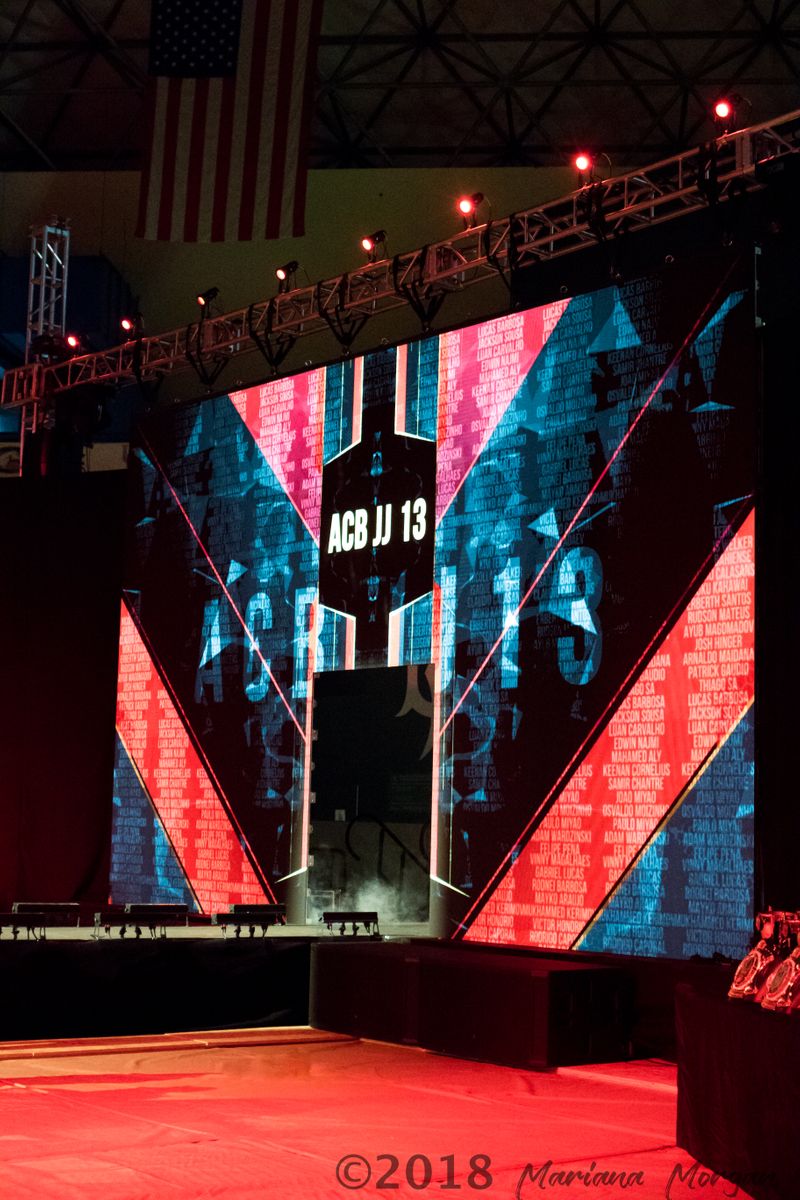Exploring The Way Resolution Affects the Functionality and Visual Caliber of LED Walls in Contemporary Display Techniques
Exploring The Way Resolution Affects the Functionality and Visual Caliber of LED Walls in Contemporary Display Techniques
Blog Article
Light Emitting Diode screens are growing more and more common in different environments, from concerts and athletic events to business displays and creative installations. One of the most important elements that influence the functionality and visual clarity of these displays is image clarity. Image resolution denotes the number of picture elements that compose the image on the display. Higher image clarity indicates more pixels, which can result in clearer and clear images. Grasping how resolution affects LED walls can help operators make knowledgeable decisions about their screen requirements.
When discussing image clarity, it is crucial to take into account picture spacing, which is the gap between the midpoint of one picture element to the center of the next pixel. A smaller picture pitch yields a greater resolution, enabling additional clarity in the images shown. For instance, an LED screen with a pixel pitch of 1.5mm will provide a clearer image than one with a pixel spacing of 3mm. This is particularly important in settings where audiences are near to the display, such as in a compact location or a trade show booth. In these cases, a greater image clarity can greatly improve the observing experience.
Another aspect of image clarity is its impact on hue accuracy and brightness. LED walls with higher image clarity often have superior color reproduction, indicating that the hues shown are increasingly vibrant and true to life. This is essential for uses like marketing, where the goal is to attract attention and convey a concept effectively. Additionally, higher resolution screens can preserve luminosity levels even when viewed from various perspectives. This is crucial in big locations where audiences may be seated at various ranges and positions from the display.
The performance of LED walls is also influenced by image clarity in terms of update frequencies and reaction times. A greater resolution display can support quicker refresh rates, which is essential for dynamic content such as videos and motion graphics. This means that the images on the screen will appear smoother and more fluid, enhancing the overall observing quality. In comparison, reduced image clarity screens may have difficulty with dynamic material, leading to fuzziness or lag. Therefore, for events that rely on high-energy images, selecting a screen with a appropriate image clarity is critical.
In summary, resolution plays a crucial role in determining the functionality and image clarity of LED screens. Factors such as pixel pitch, color accuracy, brightness, refresh Get the facts rates, and response times all contribute to how efficiently a screen can communicate data and engage viewers. As technology continues to advance, understanding these elements will help users select the right LED screen for their particular requirements, guaranteeing that they achieve the best possible outcomes in their presentations and events.
